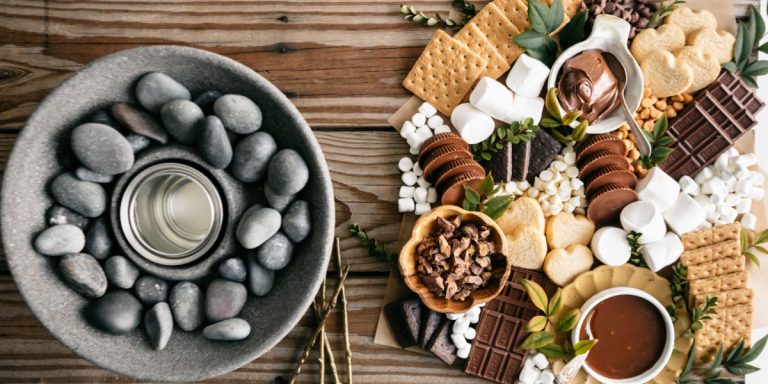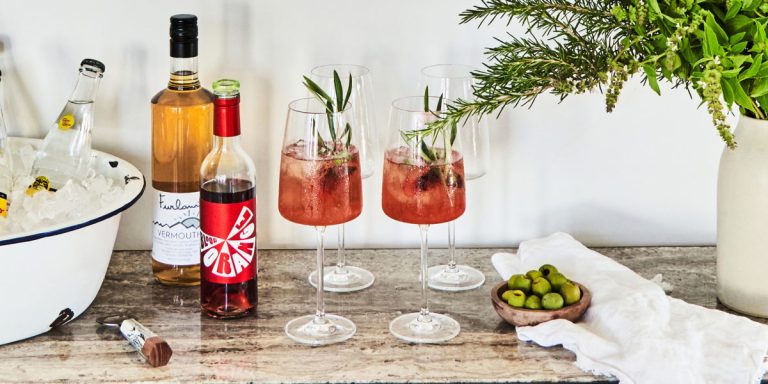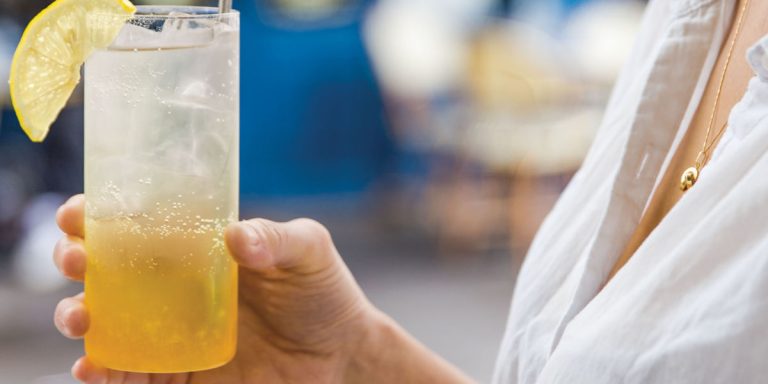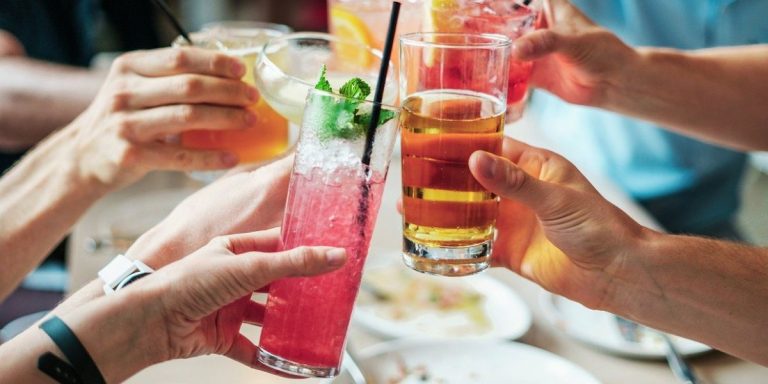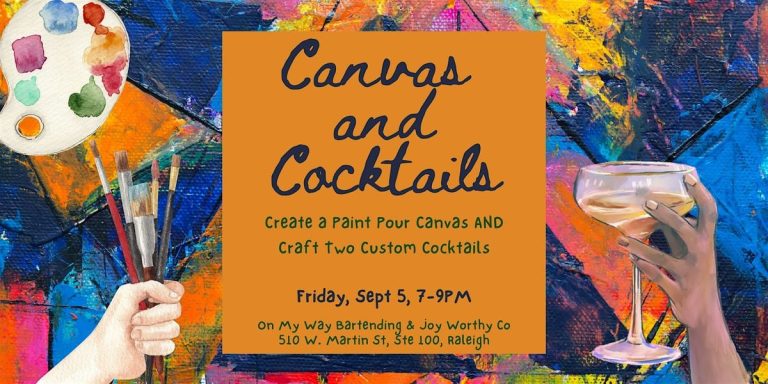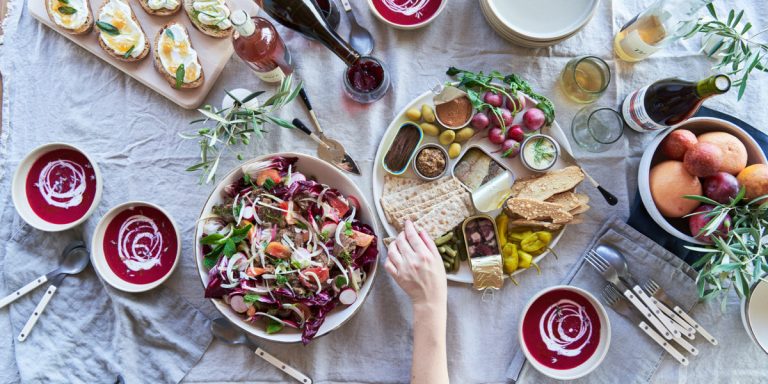Low-Alcohol Cocktails That Still Bring the Party
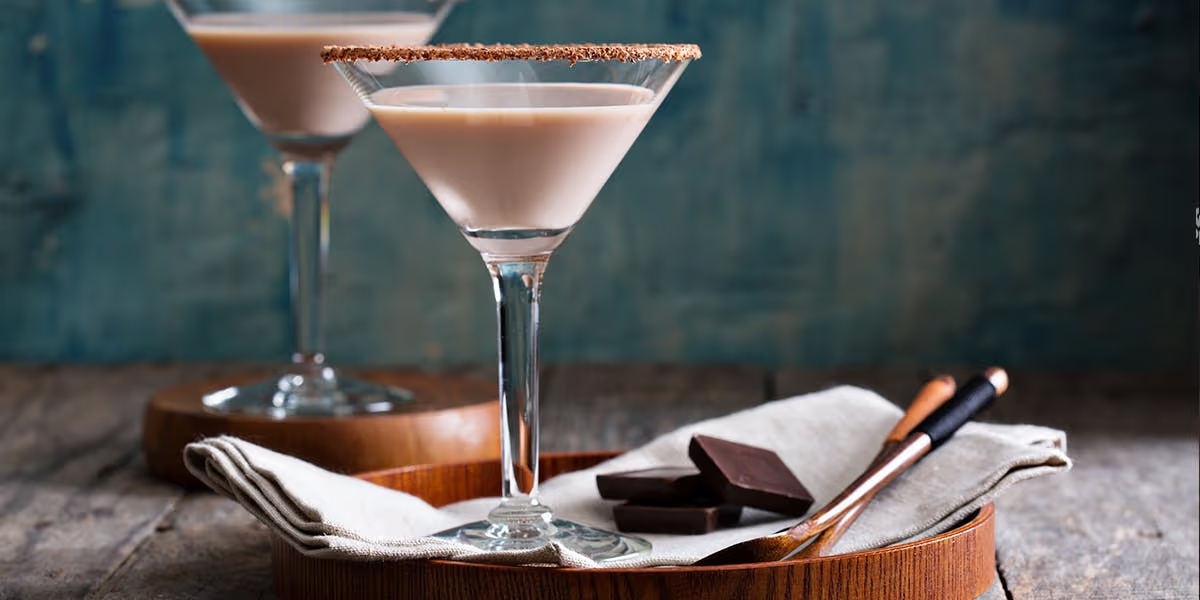
Cocktail culture has always celebrated creativity, flavor, and fun, but sometimes guests want to sip and savor without feeling the heavy effects of alcohol. Low-Alcohol Cocktails That Still Bring the Party prove that less booze doesn’t mean less enjoyment. I’ve discovered that with the right ingredients, presentation, and mixology techniques, you can craft drinks that are just as festive, flavorful, and social as their stronger counterparts.
When I first started experimenting with low-alcohol cocktails, I expected guests to shrug them off. Instead, the response was overwhelming. People loved the opportunity to enjoy complex flavors without worrying about overindulgence. These drinks also encourage pacing, conversation, and creativity, creating an atmosphere that feels lively without being overpowering.
The Appeal of Low-Alcohol Cocktails
Low-alcohol cocktails provide numerous advantages for hosts and guests alike. For one, they allow everyone to participate in the fun without consuming excessive amounts of alcohol. This creates a more inclusive environment, perfect for gatherings where some guests prefer moderation or are designated drivers.
Beyond inclusivity, these cocktails emphasize flavor. With less alcohol, mixers, fresh herbs, fruits, and sparkling elements take center stage, letting the ingredients shine. Guests often discover new flavor combinations they might overlook in traditional, boozier drinks. Personally, I find that low-alcohol cocktails also pair beautifully with food, making them ideal for long evenings with tapas, charcuterie, or finger foods.
Popular Low-Alcohol Bases
Several ingredients serve as excellent foundations for low-alcohol cocktails:
- Vermouth: Sweet or dry vermouth is flavorful and complex, providing depth without high alcohol content. I like pairing it with sparkling water, citrus, and a touch of bitters.
- Aperitifs: Drinks like Aperol, Campari, and Lillet add unique flavors and vibrant colors. They work beautifully in spritzes, highballs, or on their own with ice.
- Low-Proof Spirits: Spirits like sherry, cask-strength vermouth, or fortified wines offer richness at lower ABV. I often mix these with soda, citrus, and light syrups for approachable cocktails.
- Non-Alcoholic Spirits: Seedlip and similar botanical distillates mimic the flavor complexity of spirits without alcohol, allowing for layered, creative cocktails.
- Wine and Sparkling Wine: Champagne, prosecco, or light white wines make refreshing low-alcohol cocktails, especially when paired with fruit, herbs, or liqueurs.
Using these bases as a starting point makes it easier to craft drinks that taste sophisticated, balanced, and celebratory without heavy alcohol content.
Signature Low-Alcohol Cocktail Ideas
Here are some of my favorite low-alcohol cocktails that keep the party lively:
- Aperol Spritz: A classic that balances Aperol, prosecco, and soda water. It’s bright, bubbly, and visually stunning, perfect for daytime gatherings or brunches.
- Sherry Cobbler: Made with sherry, seasonal fruit, and a touch of simple syrup, this drink feels indulgent without overdoing it. Mint or citrus adds freshness and vibrancy.
- Vermouth & Tonic: Simple yet elegant. A highball glass filled with ice, a measure of vermouth, tonic water, and a citrus garnish makes an easy crowd-pleaser.
- Low-Proof Mojito: Use a mix of soda water, a splash of rum, fresh mint, lime, and a touch of sugar. Guests enjoy the classic mojito flavor with a much lighter alcohol load.
- Cucumber Cooler: Gin alternative or non-alcoholic spirit with cucumber slices, mint, and sparkling water. Refreshing and sophisticated, this drink works well for summer evenings.
These drinks emphasize flavor, aesthetics, and refreshment, allowing guests to enjoy multiple rounds without feeling overwhelmed.
Presentation Matters
One of the most important aspects of low-alcohol cocktails is presentation. People often associate festive drinks with visual appeal. I’ve found that serving these cocktails in stylish glassware, with colorful garnishes, fresh herbs, and sparkling elements, makes them feel just as celebratory as a high-proof martini or margarita.
- Glassware: Highball glasses, stemmed glasses, and rocks glasses all add personality and enhance the drinking experience.
- Garnishes: Fresh fruit, herbs, edible flowers, or citrus twists elevate the drink visually and aromatically.
- Ice: Large cubes, crushed ice, or ice spheres change the mouthfeel and enhance presentation.
- Color: Use juices, liqueurs, and herbs to create layered, vibrant drinks that capture attention.
Guests often comment on how festive these drinks feel, despite their lower alcohol content. Presentation reinforces the idea that these cocktails are meant to be enjoyed, savored, and celebrated.
Pairing with Food
Low-alcohol cocktails pair exceptionally well with food. Because they are lighter in alcohol, they don’t overpower flavors and can enhance small bites, appetizers, or shared plates. Some pairing ideas I use:
- Citrus-Based Cocktails: Pair with seafood, ceviche, or light salads to highlight freshness.
- Herbal Drinks: Match with grilled vegetables, tapas, or cheeses. Herbs in the drink amplify herbal notes in the food.
- Fruity Cocktails: Complement with desserts, fruit tarts, or spiced nuts. Sweetness and acidity harmonize beautifully.
- Bitter or Vermouth-Based Drinks: Pair with charcuterie, olives, and savory snacks. Bitter notes create a balance against rich flavors.
Pairing thoughtfully ensures the drinks feel purposeful and integrated into the overall experience, rather than an afterthought.
Interactive Low-Alcohol Cocktail Stations
I love making low-alcohol cocktails part of the entertainment. Setting up stations encourages creativity and engagement:
- Build-Your-Own Spritz Bar: Provide Aperol, Campari, Lillet, sparkling water, and garnishes. Guests create their ideal spritz combination.
- Herb and Citrus Infusions: Offer fresh herbs, citrus slices, and flavored syrups for customization. Guests enjoy experimenting with flavors.
- Mocktail Mixology: Include non-alcoholic spirits and mixers for guests who prefer zero-alcohol options. It feels inclusive while still being creative.
- Tasting Flights: Small pours of various low-alcohol cocktails let guests sample and compare flavors, creating a tasting experience similar to wine or beer flights.
These interactive elements turn low-alcohol drinks into a social, hands-on experience, keeping the energy lively and engaging.
Seasonal Adaptations
Low-alcohol cocktails can adapt beautifully to the seasons:
- Summer: Citrus, tropical fruits, light sparkling wines, and refreshing botanicals dominate. Think cucumber coolers, elderflower spritzes, and frozen fruit mocktails.
- Fall: Spiced cider, mulled wine, and autumn fruits inspire cozy, flavorful drinks. Cinnamon, apple, and pear provide warmth without heavy alcohol.
- Winter: Warm low-alcohol cocktails with dark fruits, chocolate, and spices create comfort. Think hot toddies with reduced spirits or mulled wine with additional fruit infusion.
- Spring: Floral cocktails, light citrus, and fruity spritzes reflect renewal and freshness. Edible flowers, berries, and light mixers celebrate the season.
Seasonal adaptation keeps the drinks relevant, flavorful, and visually aligned with the party’s theme.
Hosting Tips
Hosting low-alcohol cocktails effectively requires planning and attention to detail:
- Label the Drinks: Guests appreciate knowing ABV levels, ingredients, and flavor profiles. Clear labels make choices easy.
- Provide Variety: Offer a mix of sweet, bitter, herbal, and citrus options to cater to different palates.
- Keep Garnishes Ready: Pre-cut citrus, washed herbs, and prepared syrups reduce stress and speed up service.
- Serve Chilled or Over Ice: Temperature impacts flavor perception. Low-alcohol cocktails often taste best chilled or served over quality ice.
- Encourage Social Interaction: Set up stations, tasting flights, and DIY areas to engage guests and spark conversation.
Proper planning ensures the party flows smoothly, and guests can enjoy the drinks fully without feeling limited by alcohol content.
Benefits of Low-Alcohol Cocktails
Hosting low-alcohol cocktails has multiple benefits:
- Inclusive for All Guests: Guests who prefer moderation, are designated drivers, or avoid alcohol can participate fully.
- Enhances Flavor: Less alcohol allows mixers, fruit, herbs, and spices to shine, creating complex, enjoyable drinks.
- Encourages Pacing: Guests can enjoy more drinks without becoming overly intoxicated, sustaining conversation and energy.
- Versatile Pairings: These cocktails pair well with a wide range of foods and snacks.
- Memorable Experience: Guests appreciate thoughtful drinks that are flavorful, fun, and visually appealing.
I’ve hosted parties centered around low-alcohol cocktails, and the response is always positive. Guests feel included, engaged, and inspired to try new flavor combinations.
Conclusion
Low-Alcohol Cocktails That Still Bring the Party show that fun, flavor, and celebration don’t require high-proof spirits. By emphasizing creativity, presentation, and interactive elements, hosts can craft a cocktail experience that is inclusive, engaging, and visually stunning.
Whether serving Aperol spritzes at a summer brunch, warm spiced cider in the fall, or cucumber coolers in spring, low-alcohol cocktails allow guests to sip thoughtfully while staying social, engaged, and energized. These drinks pair beautifully with food, provide opportunities for customization, and create a festive atmosphere that leaves a lasting impression.
Ultimately, low-alcohol cocktails are about enjoying the party, savoring flavor, and creating memorable experiences. Thoughtful selection, careful presentation, and interactive elements ensure that every guest can participate in the fun, explore new flavors, and toast to the good times without overindulgence.

